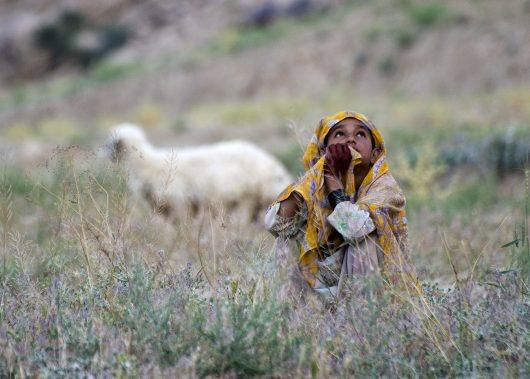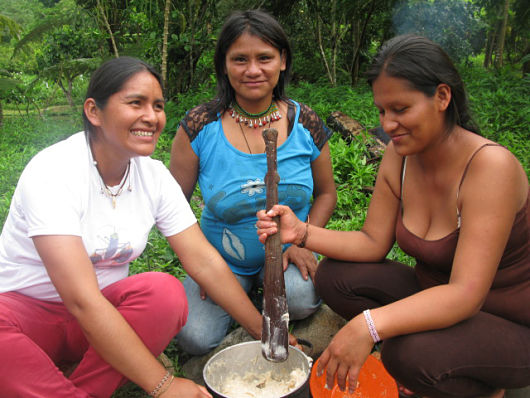 There are countless efforts around the globe working to improve living conditions for those in extreme poverty. While per capita, Americans are the biggest charitable givers on Earth, charitable contributions can be increased. By cutting back on everyday living expenses, it is possible to donate by saving money.
There are countless efforts around the globe working to improve living conditions for those in extreme poverty. While per capita, Americans are the biggest charitable givers on Earth, charitable contributions can be increased. By cutting back on everyday living expenses, it is possible to donate by saving money.
Alternatives to Buying Bottled Water
Drinking water is a healthy habit, but bottled water is costly and creates single-use plastic waste.
One way to donate by saving is buying a reusable water bottle. For instance, the reusable Dopper bottle donates 5 percent of every purchase to the Dopper Foundation, an organization working to improve water resources in Nepal.
Upon saving money on single-use bottles, the amount saved can be diverted to a charitable cause. The average American spends around $266 on disposable water bottles, which can add up to over $17,000 in a lifetime. Those savings could be donated to support the work of organizations like Water is Life which pledges to provide clean drinking water to a billion people by 2020.
Water is Life helps communities around the world gain access to clean water through many means, including filters and wells. After Hurricane Maria devastated Puerto Rico, the organization sent filtration straws and portable filtration systems to the hardest-hit parts of the island. Currently, it is working on installing 40 solar-and-wind-powered water filtrations stations in the northwest part of the country. The stations are capable of providing 20,000 liters of drinking water a day.
Credit Card Fee Avoidance
A recent survey of 200 U.S. credit cards found that credit cards average 4.35 fees per card. Furthermore, every card in the survey charged at least one fee.
No-fee cash-back cards are available. Card issuers will also offer a cost break to customers with a long series of on-time payments by lowering their interest rates, waiving the very occasional late fee, or both.
Trading in a big-annual-fee card, asking for late waivers and lowering interest rates can save cardholders $100 – 200 per year. The amount saved is almost enough to fund a grant to a Kenyan or Ugandan entrepreneur through Village Enterprise, which can transform the lives of a family living in poverty.
Since its founding in 1987, Village Enterprise has trained more than 154,000 owners who have gone on to create 39,000 businesses. One such success story is Angela Adeke, a Ugandan woman who was denied the opportunity to attend school due to her family’s extreme poverty. After her own children were denied entry to school because they could not afford uniforms, Adeke took action. With the help of a $150 grant, she invested in fabric and sewing machines for her tailoring business. Adeke sewed her own children’s uniforms and made uniforms for more than 4,000 Ugandan children. She now trains disenfranchised young women to become tailors.
Household Maintenance
The average family spends $6,649 on home maintenance. From major repairs to even the price of lawn mowing, it all adds up. A recent survey from Homeadvisor shows that 72 percent of new home buyers are learning how to do their own repairs. Video tutorials are now available online for most projects, enabling families to save on expenses.
The savings can be donated to a charity like Heifer International, an organization that helps families help themselves. The organization has been active in 25 countries, helping more than 32 million families to overcome poverty and hunger. In Nepal, projects targeting women have contributed to improved gender equality. Nine out of 10 of the families in Nepal interviewed say they had increased their income as a result of Heifer International projects, and it is possible to donate by saving on expenses as manageable household maintenance.
Trimming the Food Bill
Most Americans spend nearly half of their monthly food budget on eating out. By preparing more meals at home and packing a lunch more often, these funds can be diverted to donations. A conservative estimate is that preparing one meal per week instead of eating out will save more than $800 per year. These savings can fight worldwide hunger when diverted to an organization like The Hunger Project (THP).
The Hunger Project works to end hunger through strategies that are sustainable, grassroots and women-centered. Mozambican citizen Moises Fenias Malhaule is an example of a THP success story: Malhaule joined THP education and microfinance programs, and in ten years, he has expanded his farm and paid for his children’s education. Malhaule has also taken many courses in development and construction and shared his knowledge with his community. Donations to organizations like this not only help individuals but often have ripple effects, making entire villages more resilient and self-sufficient.
Organizations like Water is Life, Village Enterprise, Heifer International and The Hunger Project are making a considerable impact in global poverty reduction, but their work relies on financial contributions. While finding the extra money to donate can be challenging, with a few lifestyle tweaks, it is entirely possible to donate by saving money.
– Francesca Singer
Photo: U.S. Air Force

 Since 1992, the number of undernourished individuals around the world has been
Since 1992, the number of undernourished individuals around the world has been 
 Generations of young girls were eager to shoot a bow and arrow after reading The Hunger Games. Of all the characters, none aimed as precisely and mortally as female protagonist Katniss Everdeen.
Generations of young girls were eager to shoot a bow and arrow after reading The Hunger Games. Of all the characters, none aimed as precisely and mortally as female protagonist Katniss Everdeen.
